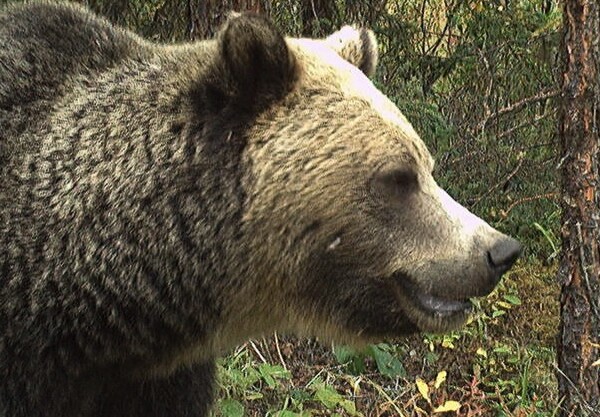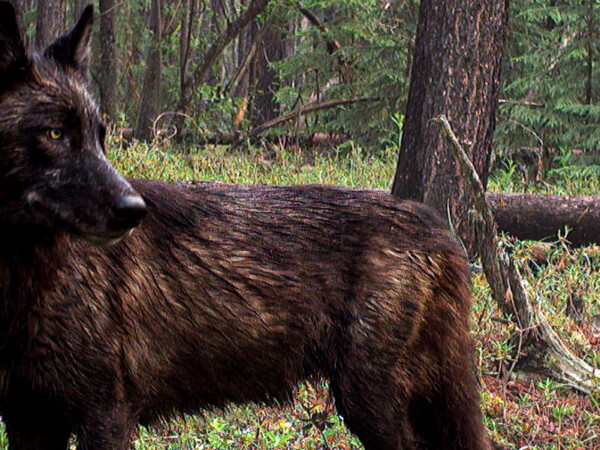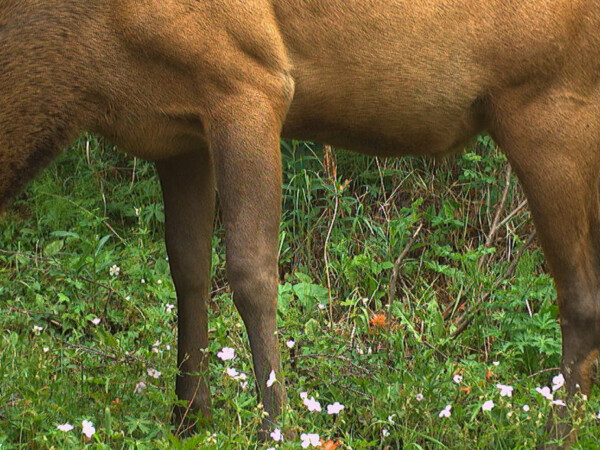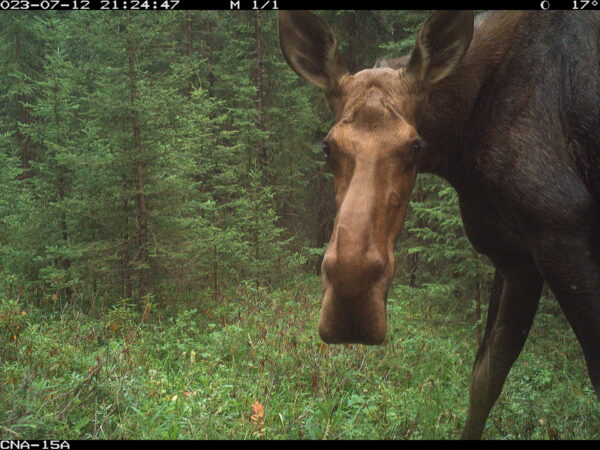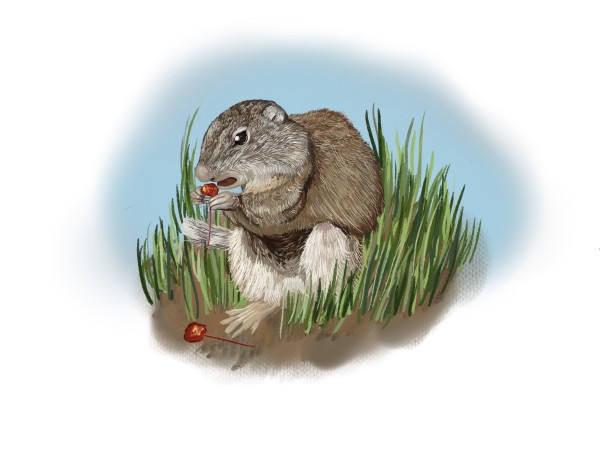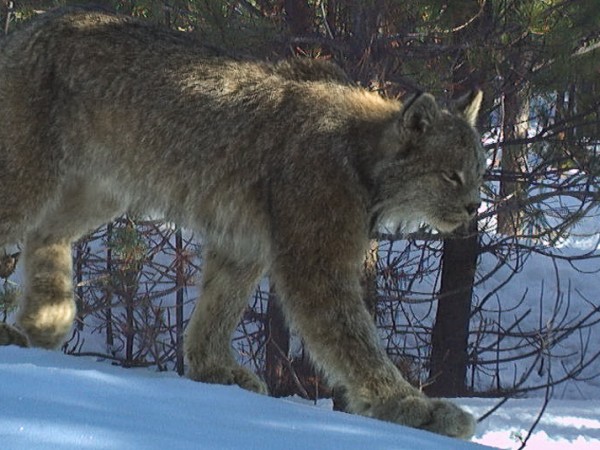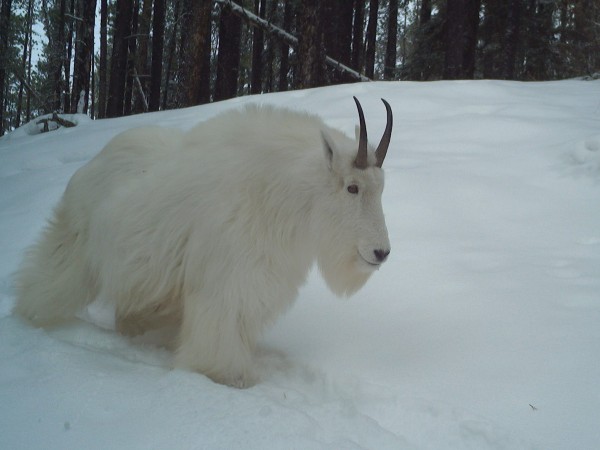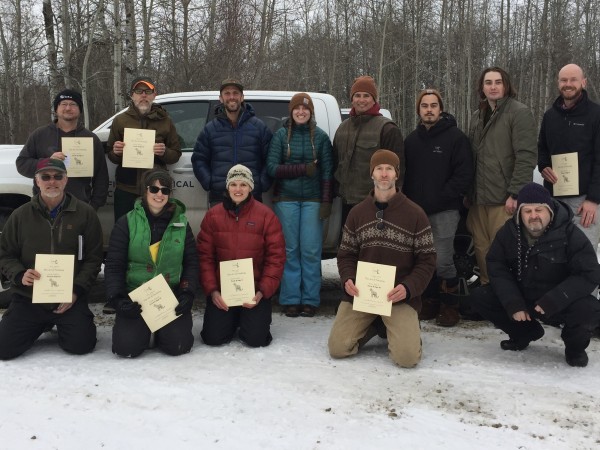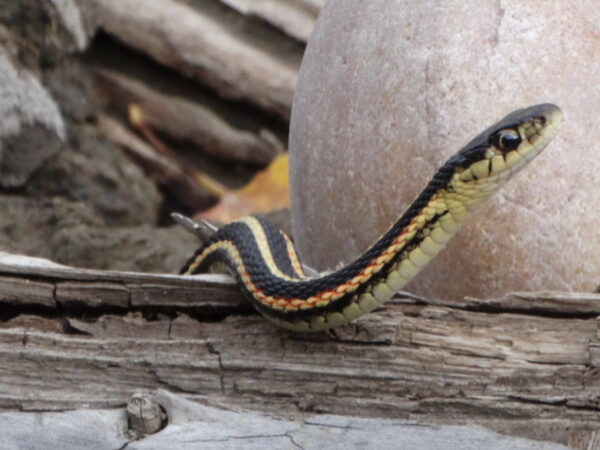
Siblings – Exploring kin recognition in coyotes (Canis latrans)
December 6, 2024
The social relationship coyotes have with humans is unique and interesting, but so are the interactions that coyotes have with each other, especially when it comes to coyote families and kin recognition.
